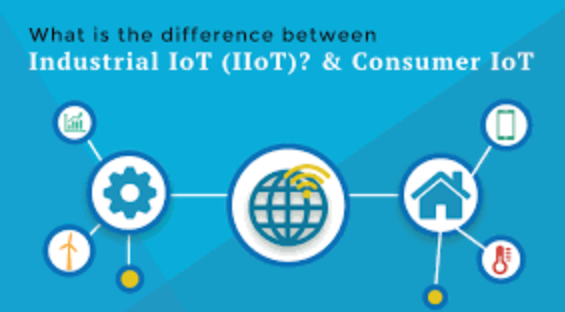IOT FOR PLC in industry.
Early machines were controlled by mechanical means using cams, gears, levers and other basic mechanical devices. As the complexity grew, so did the need for a more sophisticated control system. This system contained wired relay and switch control elements. These elements were wired as required to provide the control logic necessary for the particular type of machine operation. As this is a complex operation and the duty cycle is at peak so we here have a design of "INTERNET OF THINGS (IOT)" thing to manage our operations with Health and Safety.
The PLC's are the back bone for industrial automation using IOT and are design and Interconnected with INTERNET for Efficient and Easy operations.
"The Industrial Internet of Things (IIoT) is the next wave of innovation impacting the way the world connects and optimizes machines. The IIoT, through the use of sensors, advanced analytics and intelligent decision making, will profoundly transform the way field assets connect and communicate with the enterprise."
This involves the concept of the following PLC with the suitable equipment and the desired task for the cycle of duty in the industry.
=> The history of the programmable logic controller.
=> the components that make up a typical PLC.
=> How programs are stored in a PLC.
=> How PLC's are connected to internet.
=> The equipment used to program a PLC.
=> The way that a PLC inputs data, outputs data, and executes its program.
=> The purpose of the PLC update.
=> The order in which a PLC executes a ladder program.
=> How to calculate the scan rate of a PLC.
Introduction
Dick Morley is considered by many to be the father of the programmable logic controller (PLC). A physical description of the various configurations of programmable logic controllers, the functions associated with the different components, will follow. The chapter will end with a discussion of the unique way that a programmable logic controller obtains input data, process it, and produces output data, including a short introduction to ladder logic.
It should be noted that in usage, a programmable logic controller is generally
referred to as a “PLC” or “programmable controller”. Although the term “programmable controller” is generally accepted, it is not abbreviated “PC” because the abbreviation “PC” is usually used in reference to a personal computer. As we will see in this chapter, a PLC is by no means a personal computer.
Early machines were controlled by mechanical means using cams, gears, levers and other basic mechanical devices. As the complexity grew, so did the need for a more
sophisticated control system. This system contained wired relay and switch control
elements. These elements were wired as required to provide the control logic necessary for the particular type of machine operation. As this is a complex operation and the duty cycle is at peak so we here have a design of "IOT" thing to manage our operations with Health and Safety.
In addition to the standard logical operations that a PLC can perform, seasoned PLC programmers are aware that, by taking advantages of some of the unique features and characteristics of a PLC, some very powerful operations can be performed. Some of these are operations that would be very difficult to realize in hardwired relay logic, but are relatively simple in PLC ladder programs. Many of the program segments in this chapter are rather “cookbook” by nature. The Programmers should not concentrate on memorizing these programs, but instead, learn how they work and how they can be best applied for system design and connected to the internet to solve programming problems.
Subscribe for latest updates on Energy.
Comment your view that makes better inprovement for upcoming articles.






Leave a Comment